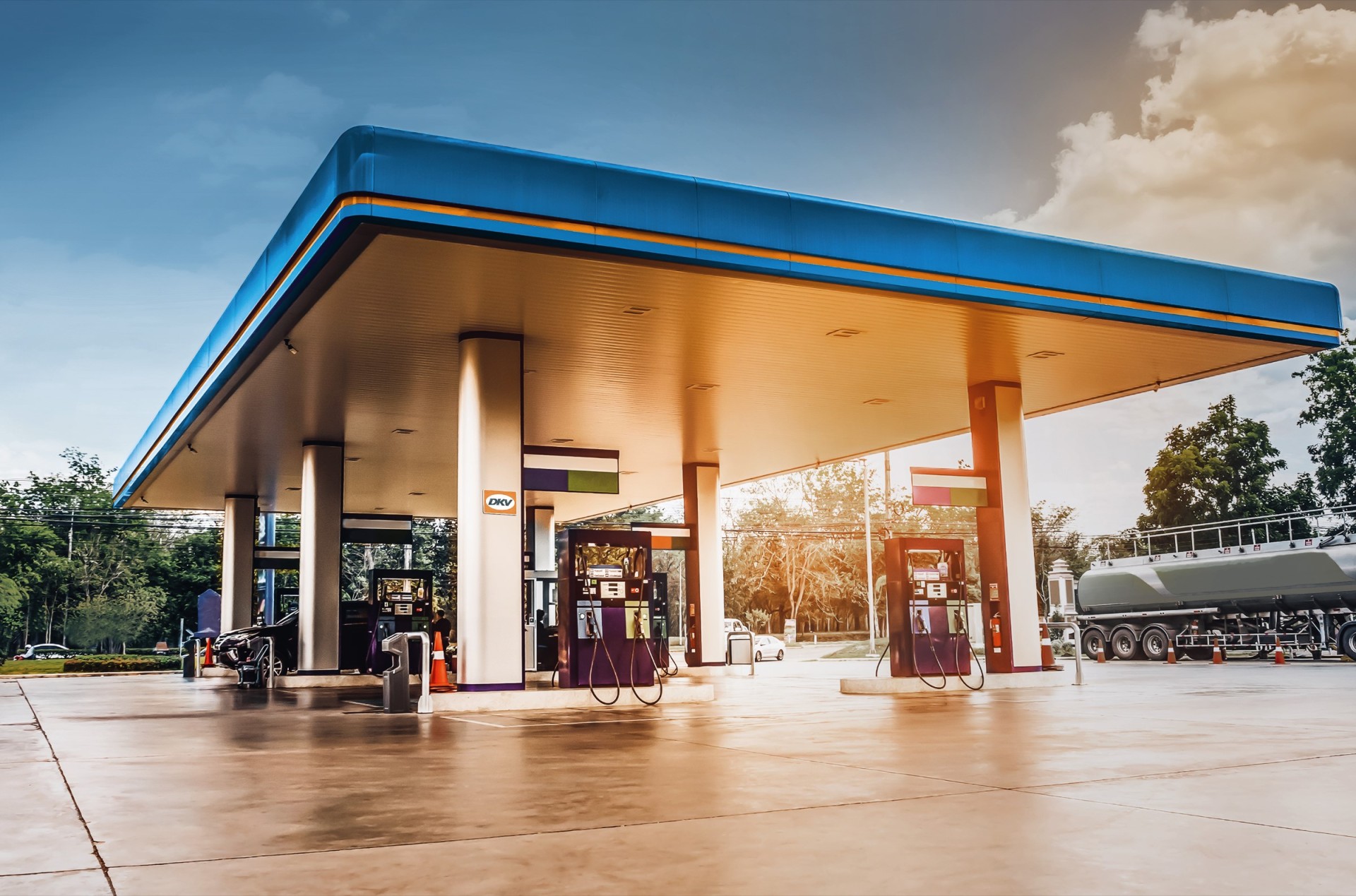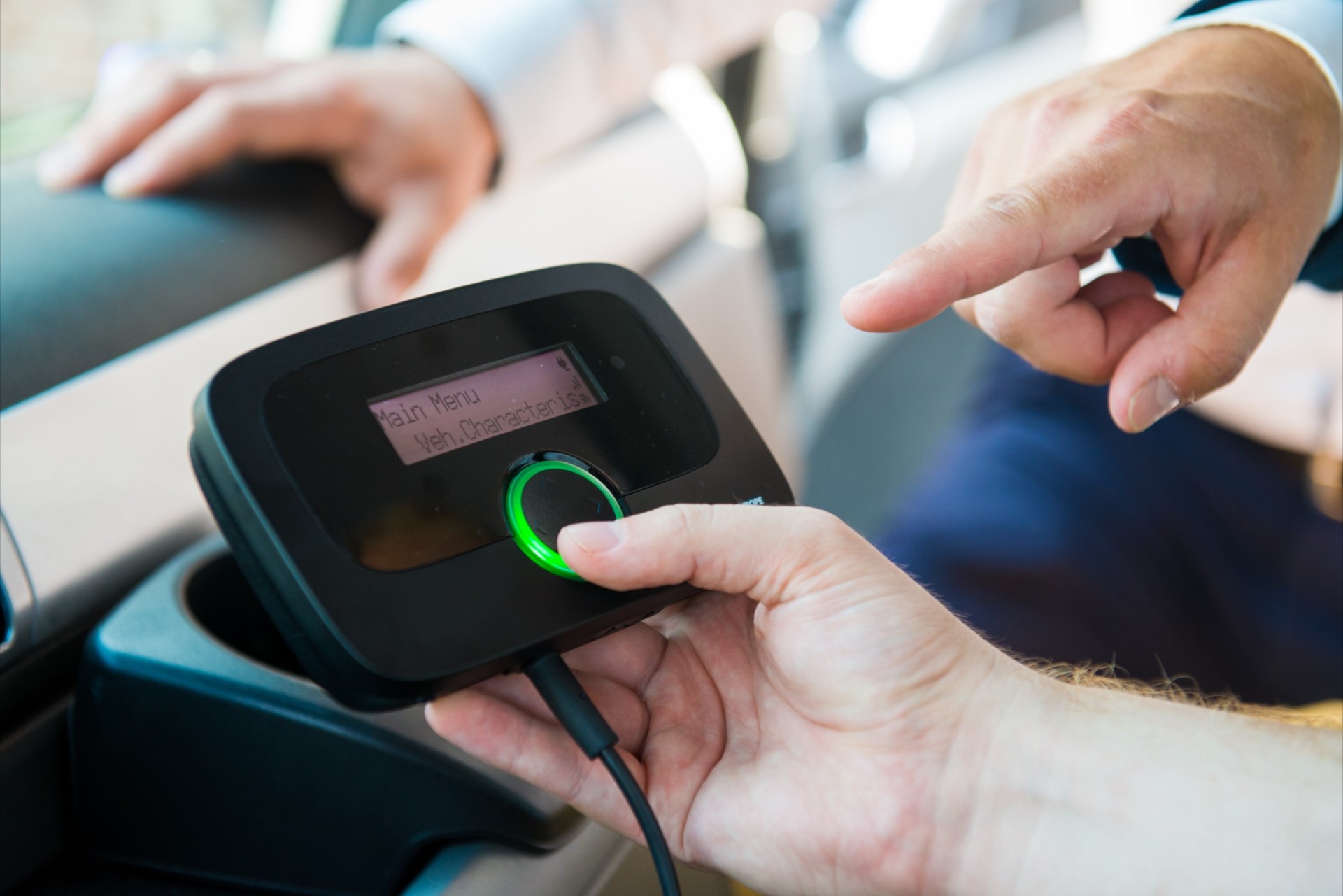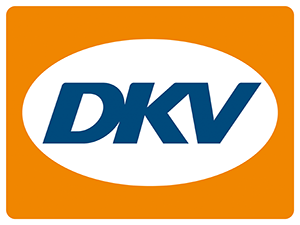Then and now: how transport services have changed

The transport sector is going through a period of major changes. The transition from traditional fuel to diverse energy sources is increasing the variety of vehicles, and conventional fuel stations are turning into stations offering multi energy mix. Advances in communication technologies are connecting more and more road users into connected systems, from telematics to the use of mobility services.
The changes and the development of solutions offered to fleet managers perfectly illustrate the twists and turns of history and show how trucks, their routes, and the entire related ecosystem have evolved. A breakthrough in one part often inspires progress even in remote areas, while the development of services that reflects the needs of drivers allows us to understand the concerns carriers have at any given time and the solutions that could help them.
For example, these days while many fleet managers and drivers are aware of the various types of fuel and service cards there are, many of them are turning to using apps instead. Thanks to digitalization, of course. You’ll be surprised to know that fuel cards have already been around for more than 50 years.
Evidence of changes in the history of the company
DKV Mobility, the leading European B2B platform for on-the-road payments and solutions, has been operating for almost 90 years, and saw how the mobility service sector has evolved through this time in Europe.
“Mobility means constant change. The most important thing is that those changes allow you to improve and constantly reach higher and higher goals. The history of our company illustrates this very well. It reveals how the entire transport sector has developed from the middle of the last century to the present: from the road network or the needs of drivers to the equipment used and the most modern technologies used for modern mobility services,” says Artūras Michejenko, Managing Director of DKV Mobility Baltics.

Artūras Michejenko, Managing Director of DKV Mobility Baltics
Founded in 1934, DKV Mobility (original name "Deutscher Kraftverkehr") supplied road transport to the German national railway in the first decades of its operation and contributed to the development of the country's railway network. At that time, not many could have imagined the massive extent to which the transport sector nor DKV Mobility would develop and grow.
The development of the company's activities, which began in the fifties, formed the beginnings of services well known to today's transporters. In 1951, life became much easier for long-distance truck drivers when DKV Mobility introduced a network of sleeping facilities for truck driver.
Of course, one of the most anticipated problems at that time was finding fuel stations and suitable payment methods as no one wanted to carry a lot of cash. As a solution the first presence of DKV Mobility fuel service stations appeared, 26 fuel sales points to be exact. Drivers who had a map could plan to stop at one of them. Here it was possible to pay with the so-called “tank checks” – the ancestor of modern fuel and service cards.
The differences between the times are best reflected in the statistics - seven decades later, this service can be used at around 67,000 fuel service stations and around 564,000 public and semi-public charging points covered by the DKV Mobility network.
The first cards in Europe
An important milestone in the company’s history was the introduction of the DKV card on April 1 in 1966, which allowed for cashless payments at many gas stations of a huge range of suppliers. For the first time, carriers could accurately calculate the fuel consumption of their fleets. Every two weeks, they receive an itemized bill showing the details of each trucks’ refueling.
In the 1970s, the magnetic strip that appeared on this card made it possible to replace manual accounting with an electronic one, and DKV Mobility services were already available at 1,500 fuel service stations and 70 truck parking lots in 17 European countries. The company received a lot of information about the needs of carriers, so in the seventies, it began to expand the scope of related services.
An innovation introduced in the 1980s was that together with the invoices, carriers began to receive a bulletin containing information on how to recover the value added tax in each of the relevant countries. 1995 was the year when DKV Mobility offered the possibility to pay road tolls across Europe.

For seamless travles through Europe: The DKV Box Europe offers contactless toll payment in 14 countries.
Contactless toll collection has been one of the most important innovations of the current century. DKV Mobility hit another milestone when the "DKV Box" - an on-board tolling device - was introduced. A device that allows trucks to seamlessly drive through electronic toll gantries without stopping to settle tolls in many European countries - all the necessary information is read remotely and digitally sent to the carriers.
“New technologies allow us to respond more and more swiftly to today's needs. We are constantly improving digital services and sustainability solutions for transport companies and fleet operators,” notes Arturas Michejenko.
The power of data
The breakthrough in communication technologies and the improvement of information processing devices have become the most important catalysts for the activity of mobility service companies. Never in history has there been as much valuable data as can be collected now, from vehicle telemetry to daily changes at fuel service stations anywhere in Europe.
The processing of this information makes it possible to create more effective services: for example, real-time route planning tools, transparent accounting systems, remote service management on the Internet. The drivers or fleet operators can manage more and more services in smart device apps.
“Our goal is to enable European drivers and fleet managers to manage their operations efficiently, paying the necessary attention to sustainable mobility. All of this allows us to reduce CO2 emissions at every step,” comments Arturas Michejenko.
It will take time for fleets to switch to CO2 neutral transport, so most carriers will still not be able to operate without combustion for a while. In this case, they can benefit from another innovation of modern mobility: the DKV Card Climate. By using this service card for refueling, companies can make a climate protection contribution and take responsibility for their CO₂ emissions (tank-to-wheel) for every driven kilometer - a globally recognized way of taking responsibility for carbon emissions.
